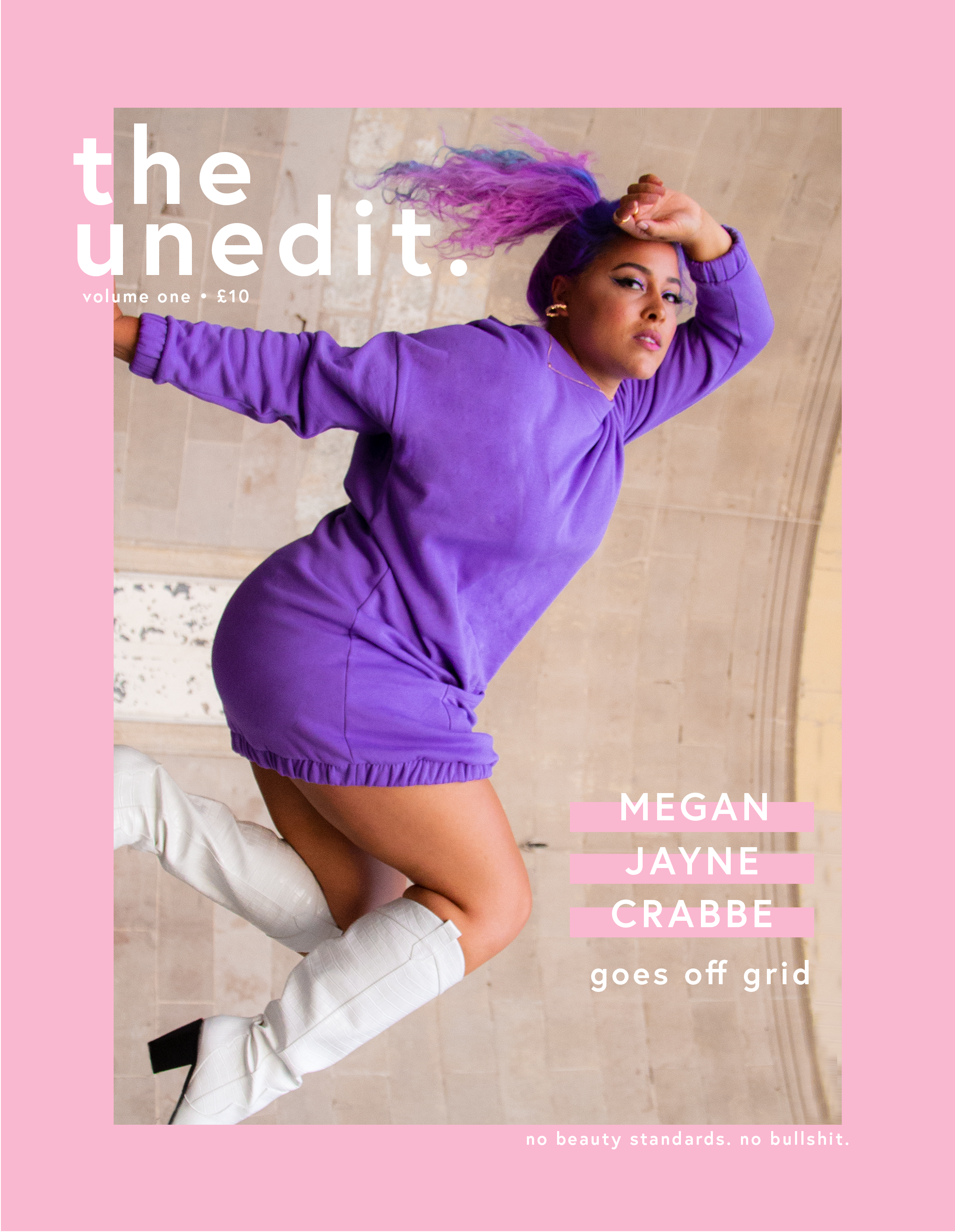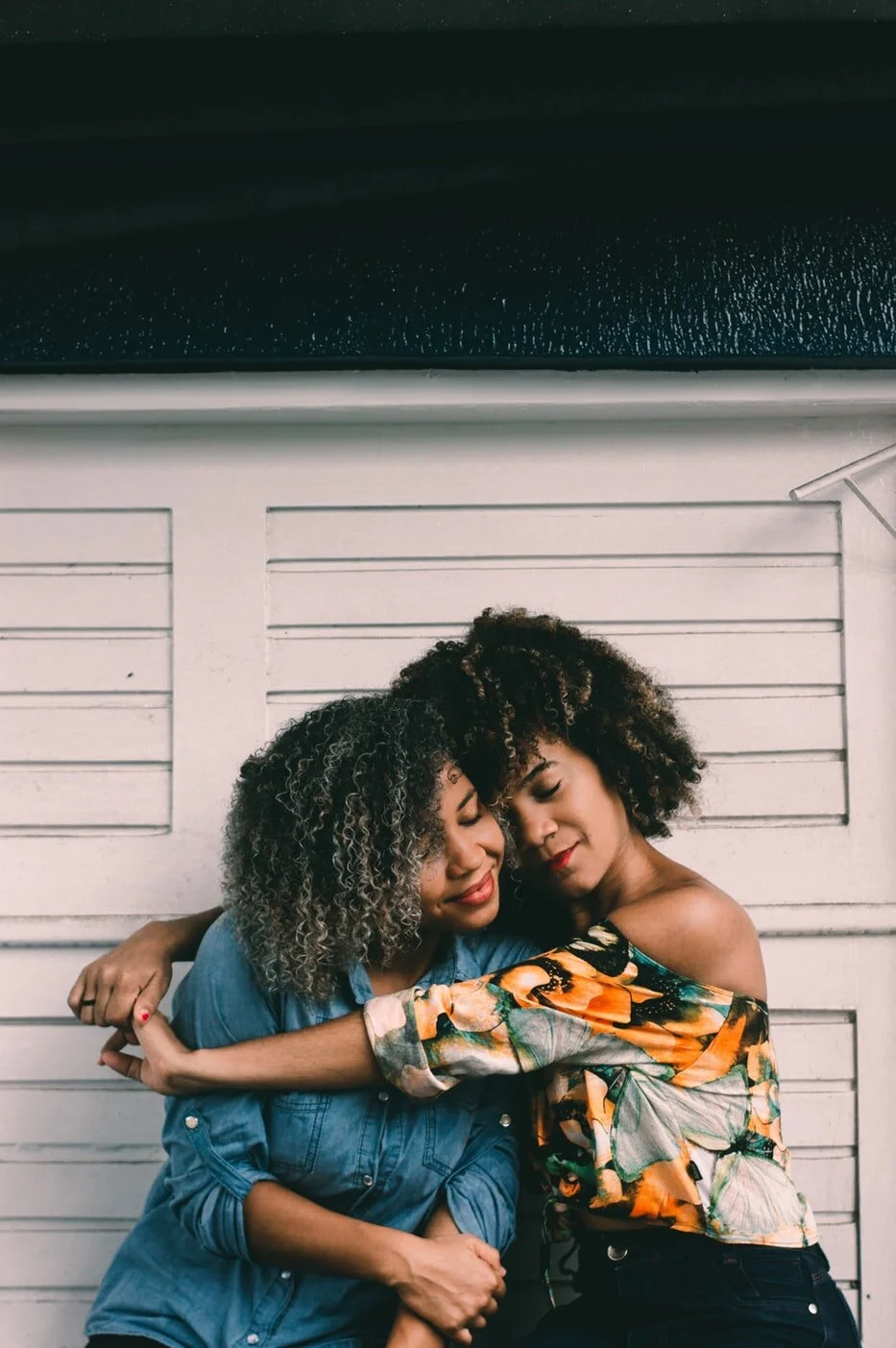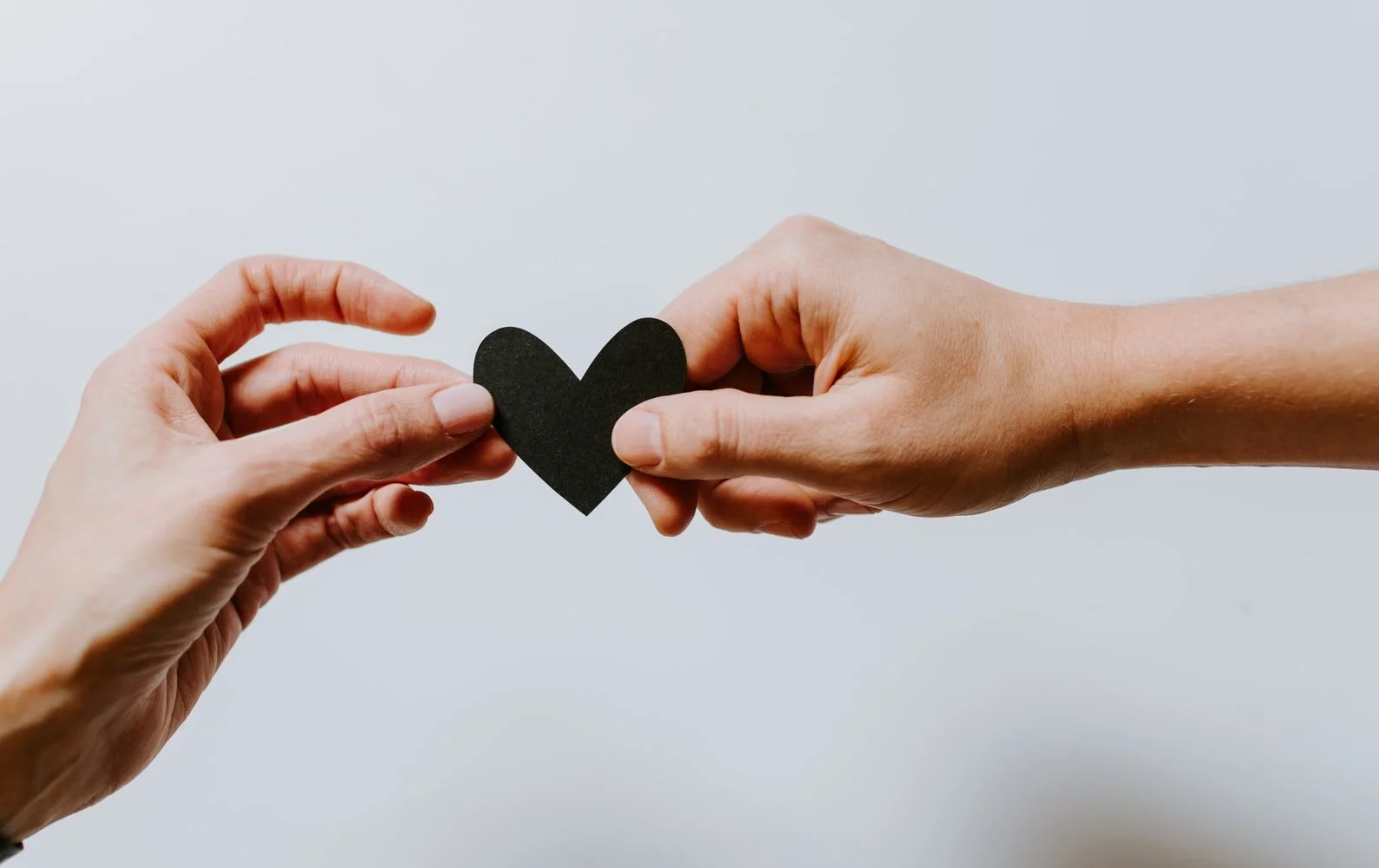Love Is Blind: Could The Show Have Been An Opportunity For A Truly Diverse Cast?
SPOILER ALERT: This article may give spoilers.
Is love blind? On 13th February, we had the chance to find out. Love is Blind is the newest dating reality show that has taken the reality TV world by storm. The series follows 30 single men and women who speed date in ‘pods’ without ever seeing each other. In just ten days, the singletons have to decide if their emotional connection is strong enough to commit to spending the rest of their lives together – even without meeting face to face.
Following the ten days in the pods, the single men have to make their decisions on whether they have met someone they want to spend the rest of their lives with. The emotional proposals through frosted glass walls sparked many controversial conversations about falling in love within days. Is it really possible to form such a strong emotional connection from a few conversations, sight unseen? The proposals elicited many tears but still the new fiancés were not able to see one another. When the singles get to meet their future spouses, there are emotional reunions and re-proposals when they finally get to see each other. This is met with a multitude of compliments between them, all beautiful, societally attractive individuals, who, unexpectedly all found each other very attractive.
For a popular TV show to give a platform for people to find love and commit to a life together without ever seeing each other, gave the perfect opportunity to diversify the societal view of love. With award-winning programmes like Love Island promoting an only perfect image of people in love, it is certainly time to give the audience of these programs a new perspective on what love can be. Love comes in all shapes, sizes, races, classes, ages and genders. While Love is Blind tackles some of these factors, with Jess and Mark’s 10-year age gap, and the resistance from Lauren’s father due to her interracial relationship with Cameron, none of the couples show much diversity in their outward appearance.
Of the 30 singles who started the Love is Blind journey, only six couples got engaged and of those, only two successfully got married when the time came to decide if they wanted to spend the rest of their lives together. Three other couples made it down the aisle but were met with “I don’t” when they reached the time came to make their decision. For those couples, love was not blind, and external factors took over the emotional connection that they built in the pods. A week after the final episode we got to see a reunion. For those that don’t know, the main series was filmed back in October 2018, so the reunion was a great opportunity to see if love really is blind, and if any of the couples stayed together. During this episode we found out that Giannina and Damien, despite not saying “I do” at the altar, have rekindled their relationship and over a year later are still together. Despite these three couples finding that Love is Blind, due to the lack of diversity of the contestants’ physical appearances it is unsurprising that when they each saw each other, they were instantly attracted to each other.
The programme is a social experiment and is meant to test if people can fall in love without ever seeing each other’s physical appearance. For this reason, it was disappointing to see that all of the cast are very much society’s ideal when it comes to how they look. The lack of diversity in this programme is a real missed trick. With the chance to meet people without ever seeing their physical appearance, it gives the perfect opportunity to truly represent the wider public and watch a large group of diverse people fall in love. Films, TV programmes and celebrities all show a love that appears unflawed, where each partner looks like society’s expectation of what a perfect person looks like, but with the increase in body positivity and body acceptance, surely it’s time to see love in its truest form?
Relationships are so often sparked by an initial physical attraction, and with the beauty ideals in today’s society, there is so much pressure to look a certain way in order to elicit that initial attraction. By removing that first physical spark from a relationship, this programme set out to find an answer to that question – without an initial physical attraction, can love really be blind? Hopefully series two can diversify the cast, and perhaps we can finally get an answer.








